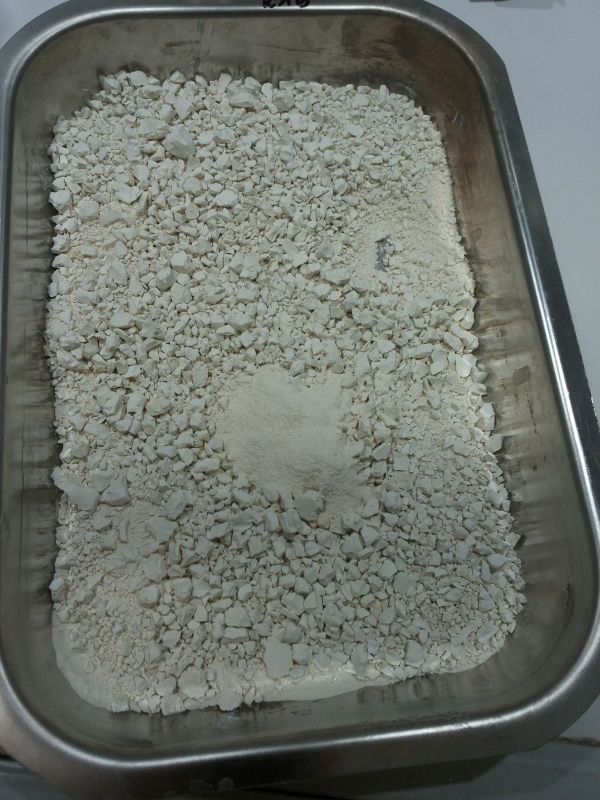Germany’s new Waste and Sewage Sludge Ordinance requires large sewage treatment plants to recover phosphates from sewage sludge or ashes as of 2032. Conventional recovery technologies are costly and chemical-laden. A new technology now offers a more affordable, pollution-free alternative. Fraunhofer researchers helped scale up the process.
As gardening enthusiasts will attest, flowers, turnips, tomatoes and the like scarcely thrive without fertilizers. Farmers rely primarily on preparations containing phosphate to fertilize their fields – with good reason, for phosphorus is a building block of all life and an essential nutrient plants cannot do without. With 75 percent of the world’s deposits sited in Morocco and the Western Sahara, there is a potentially critical choke-point in the phosphorus supply chain. In 2008 and 2009, bottlenecks in the pipeline and speculation on mineral markets put the squeeze on the world’s supply lines. The price of phosphorus shot up by 800 percent. This prompted the European Commission to add this mineral to its hit list of top-20 critical raw materials. The German government also took action. Starting in 2023, operators of large sewage treatment plants will have to submit a plan for recovering phosphorus. Although farmers can spread the ash of incinerated sewage sludge directly on their fields, plants are not able to make much use of the phosphorus in it. Besides, this ash contains pollutants such as heavy metals that are best kept far from farmed fields. There have been attempts to recover the phosphorus in sewage sludge ash using wet chemical processes, but they require vast quantities of chemicals.
Continue reading at Fraunhofer-Gesellschaft
Image via Fraunhofer-Gesellschaft


